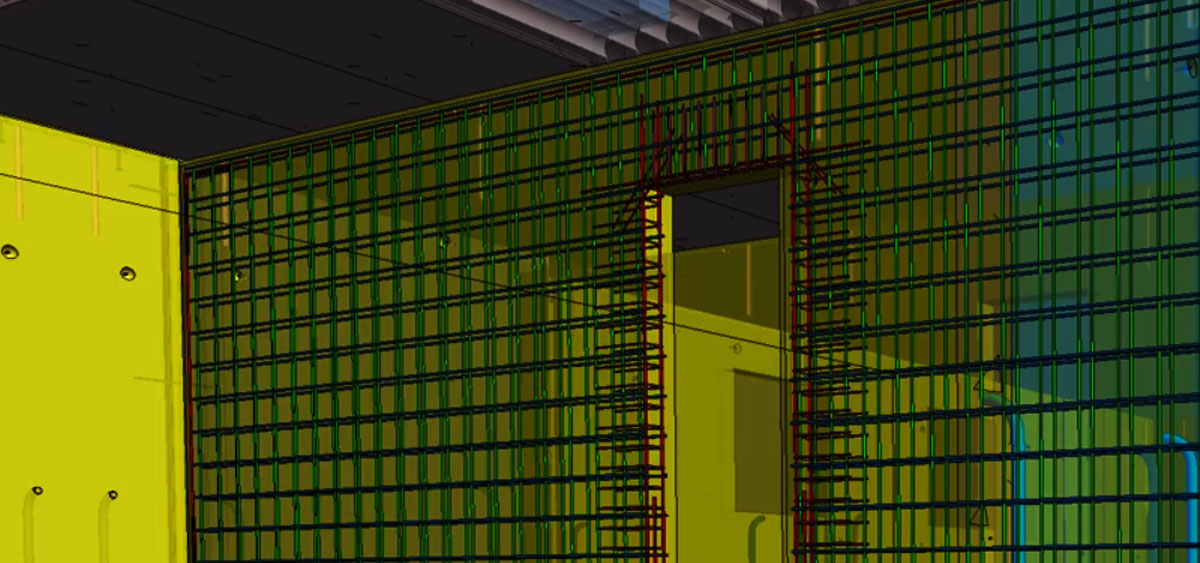Precast Building Design
Precast Building Design: Initial Concepts
Design of precast buildings for lateral loads is a point of challenge for structural engineers and a notion of worry for developers or end users. Reason being the lack of awareness and popularity of the precast construction technology. In this article, I am trying to explain the precast building design process in simple language, with the intent to infuse confidence and to shed the unnecessary inhibitions in the construction community.
Precast Design
A lot of emphasis is provided to construction timeline, in terms of what activity will follow what and it will take how much time and cost to complete. But, construction management people knowingly or unknowingly ignore the very important/necessary stage of the project that is design stage and its management. Which can actually put the whole construction planning in terms of cost and time for toss if not managed properly. Construction cannot proceed without the completion of design stage, yet construction timelines are developed in isolation, ignoring the design deliverables schedule, which does not only hinder the actual project progress but also brings inefficiency at both the stages of project ‘Design’ as well as ‘Construction’.
Precast building construction involves jointing of various precast elements columns, walls, beams, slabs etc. which are manufactured in on-site/offsite factory. The whole construction process can be divided into following steps:
- Production of precast elements
- Storage of precast elements
- Transportation of precast elements to site
- Erection of precast elements
- Jointing of precast elements
In precast building design major area of concern is design of connections/joints, similar to structural steel or timber buildings.
Design of precast buildings can be divided into two parts:
- Design of precast members for all the possible loads during various stages, storage to jointing, and possible loads in building lifecycle
- Design of joints/connections for all the possible loads in building lifecycle
Approach for design of a precast member is similar to cast in-situ member as each member is monolithic in nature, special consideration to be provided for lifting/storage of precast elements in terms of embedments of required accessories and design for temporary loads during lifting/storage.
As per the design of joints/connections, required provisions are provided within the elements. Joints are designed for the transfer of only axial and shear forces in all directions. And connections are designed for transfer of axial and shear forces as well as transfer of moments.
Design of Joints/Connections
First step is to find out the magnitude of forces and moments. This process involves preparation of analysis model of the complete building, assigning properties of structural members, assigning joints/connections properties, assigning restraints and applying all the loads. Once the analysis model is prepared and analyzed, forces and moments can be found out at each and every location of joint/connection. According to the possible load path for vertical and lateral loads, a structural engineer defines the properties of joints/connections in the model.
Second step is to provide suitable solution for jointing of precast elements which are easy for precast construction. Suitable solution can be in-situ RCC, welded steel plates, combination of both or any other solution.
One way of designing the joints/connections is to ensure the monolithic behavior of them as if they are cast in-situ, but this is not the only way. The design solution shall be able to withstand the forces and moment obtained in the first step, and shall have sufficient ductility which can ensure required energy dissipation without losing the vertical load carrying capacity on the application of lateral loads.
Other areas of attention for precast design
Other than the structural stability of the building, special attention shall be given to following areas while developing the precast design.
Other than the structural stability of the building, special attention shall be given to following areas while developing the precast design.
- Ease of production of precast elements
- Optimization of the precast manufacturing setup and process
- Maximum precast element weight with respect to available crane capacity
- Adequate tolerances for precast elements erection
- Ease of jointing of precast elements at site
- Water leakage proof joint/connection design
Indian Codes for Precast
IS 11447, IS 15916, IS 15917, IS 1343
Codes/References from Outside India
ACI Code, NZS code, PCI handbooks, Precast Guideline by NZ concrete society, Text Books, Journals etc.
Note for Developers/End users
There are variety of ways to construct a building in terms of choice of material (Brick, Stone, Timber, RCC, Steel or combination of materials) and construction technique. Choice of a particular construction method depends upon project requirement, suitability of the method to project requirement, project location, etc. Precast building construction is just one of the methods. If a precast building is designed and constructed properly, there is no reason that it should not withstand lateral loads like Earthquake, Wind.
